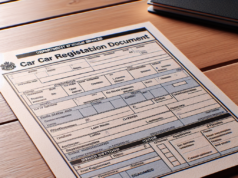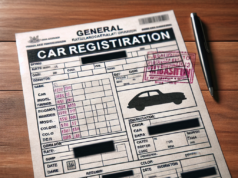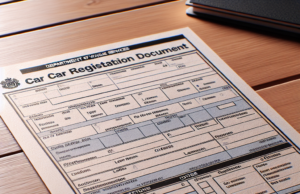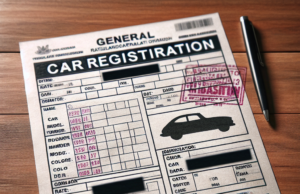
Driver’s Ed for the Prospective Driver
In the United States, drivers licenses are not issued nationally but rather at the state level. Because of this, the regulations vary on a state by state basis. In the majority of states, a system of graduated licensing is put in place in order reduce the risks involved with young beginner drivers. It is here where driver’s ed plays its part.
The earliest known driver’s ed programs were created between 1910 and 1920, but they were not formally offered until the 1930’s. They became more popular due to the idea that proper driver’s ed would correlate to less crashes. In the United State today, the standard format of a driver’s ed course consists of 30 classroom hours as well as a minimum of six hours on the road. This format often makes it easier to fit in driver’s ed in a high school curriculum.
In graduated licensing systems, the first stage is normally a minimum supervised learner’s period. Here a permit is assigned to an individual after passing a written examination and/or the road test. Many driver’s ed courses teach the material required in order to pass these exams.
The 30 classroom hours of driver’s ed or the pre-driver licensing curriculum is made to provide the minimum training in skills and knowledge needed to pass a license test. The student is given information on basic vehicle controls, skills to reduce risky situations, emergency situations, environmental factors, and personal readiness.
The need for driver’s ed varies from state to state. For example, a student in California who is enrolled in a driver’s ed course can drive while the instructor supervises, while applicants who do not take the course must wait till 18 in order to obtain a license.
In other states such as Idaho, Louisiana, New York, and New Jersey, license applicants who are under the age of 17 must complete a driver’s ed course in order to obtain a license. A similar rule applies Delaware, California, Connecticut, Maine, Michigan, Minnesota, New Mexico, North Carolina, Oregon, Rhode Island, and Wisconsin, but at the age of 18.
More recently, some states have begun to provide driver’s ed courses over the internet. This has been a very attractive feature to many young prospective drivers. These young drivers have grown up with computers very have become very apt at using it as a learning mechanism. Furthermore, holding online session eliminates the need for transportation to physical classrooms.
However, there is a concern that without students being proactive about finishing work, online courses are less motivating and rely too heavily on an honor system. Often, traditional students feel more satisfied with their courses and would prefer to same methods if repeated, while there is a lower satisfaction rate in online courses and lower inclination to repeat the same method.
While driver’s ed may not be necessary in all states, it is a useful tool for young individuals who are looking to obtain a license for the first time. Despite any flaws the program may have, the benefits of making students more aware of driving safety is a greater priority and is a valuable asset for all prospective drivers.























